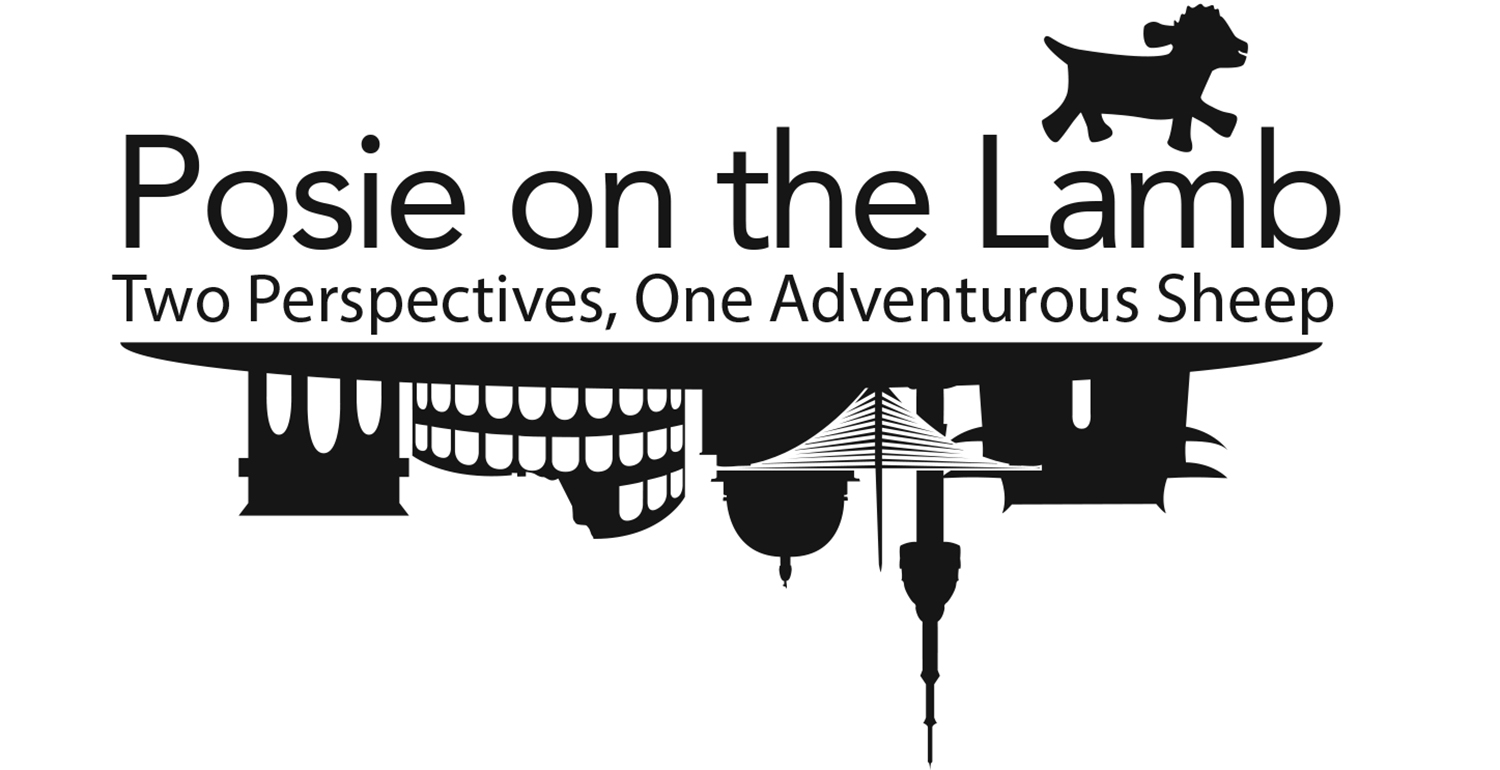Scammed

In his post about Wat Pho, Sam mentioned seeing Beware Pickpockets signs all around the temple. Safety—of self and wallet—is a big concern for travelers. Rightfully so. If you read all the scam reports on Southeast Asia, you’d never board a plane (or get off again either; Bangkok's airports have their own set of horror stories). But so far, all our leery moments were just nervous overreactions. We haven’t had any bad experiences. Except that time senior citizens tried to steal our shoes.
I should back up a little. Shoes are not allowed in Buddhist temples. Every temple entrance is piled with the flip flops of the faithful, plus a few hiking boots or expensive sandals from the stupid tourists. If you wear size thirteens, like Sam, they’re irreplaceable, making shoenapping a viable business.*
We were in Yangon, enroute to a famous Reclining Buddha at Chauk Htat Gyi Pagoda. A pair of older gentlemen began walking with us. They guessed our destination, and started explaining the temple’s history with broad smiles. In Myanmar, tour guides don’t ask you to hire them (you might say no). Instead, they attach themselves helpfully to your side and demand payment at the end.
We’d anticipated this. “No thanks, no guides. We just want to see the Buddha.”
Ah, of course, they agreed. The Reclining Buddha was beautiful. We would enjoy seeing it. But we were going the wrong way—not that way, sir, madam, this way. Here, they would show us, they were going there too. They had been monks for seven years—did we know all Burmese men spent time as monks? Yes, it was true. They knew the temple intimately, and would have us there in no time.
“What the heck,” I whispered to Sam. “Let’s go with it.” We hadn’t sprung for a guide at the Shwedagon Pagoda, and regretted it. A little context goes a long way on a tour, and Burmese temples have fascinating histories.
So we followed the men up a side road that turned to dirt beneath our feet. Within moments, we were in a slum of wooden buildings. There were no signs, but I took it as a poor monastery. Men with shaved heads and burgundy robes sat in clusters on the ground. They glanced up indifferently as we passed.
The words "secluded monastery" usually go with "peaceful" or "serene." But I felt like we'd walked down the wrong alley on a dark night. There was no indication we were headed toward a major tourist sight. The pocket of shacks was isolated from the city by a thick screen of trees. Sam and I walked closer together, like Hansel and Gretel in the woods.
“I don’t like this,” I hissed.
“It’s fine,” Sam said, squeezing my hand and looking around warily. “I think we’re going the right direction.”
The road became a wide, dirty track leading straight uphill. Our guides said it lead to Chauk Htat Gyi.
“Take off your shoes now.” They had already removed their sandals and were gesturing impatiently at our feet.
I baulked. That road was filthy—unswept, untended, smeared with dog shit and mud. "I'll take them off when we reach the temple."
“No. Now," they insisted. "You must respect our religion. Shoes cannot be worn here.”
We hesitated. All the monks were barefoot. The Reclining Buddha was listed in every guidebook. Foreigners went there all the time, and we hadn’t read any warnings against Pernicious Foot-Eating Disease. Slowly, we slid out of our shoes.
Our guides sprang into action. “Quickly, quickly!” They pulled us toward one of the dark shacks. A startled monk looked up from the doorway, but said nothing.
“Give us your shoes!" the old men cried. "Then we’ll go see the Buddha.”
“We’ll just carry them,” Sam suggested.
“No! The shoes go here,” they insisted, pointing to the black doorway. The building looked empty and ready to fall down. “The Buddha is wonderful. You will see,” the men bullied, yanking at my sneakers. “Give us your shoes, quickly!”
We looked at each other, then walked rapidly back downhill. The men followed, yipping with distress. They caught up when we paused to jam our feet back into our sneakers. Now there was no talk of shoes or Buddhas, just the word "money" muttered again and again. Distraught, I shoved a dollar at one of them.
“No. Two dollars,” he demanded.
“No. Go away.” I straightened up, grabbed Sam’s hand, and we hurried to the open street. They didn’t follow.
Now, we could black box this situation and analyze the mistakes we made (and there were several). We could call it a learning experience. We could look on the bright side—no one was hurt. At worst we would’ve lost a few bucks getting our footgear out of hock.**
But I don’t think we need to work so hard for a positive spin. Because if we'd avoided the situation, I wouldn't get to tell you about the time we crossed swords with geriatric shoe-thieves. Or add that we finally reached Chauk Htat Gyi by a paved, signposted road. At the entrance, a young monk waited behind a polished wood desk. A cardboard sign announced it as the official shoe check-in, free of charge.
-Erin
*The shoe piles are actually pretty safe. We didn’t have (or hear of) any thefts. The best safeguard, though, is to wear cheap flip flops.
**FYI, usually this scam involves a fake police officer who gets a hold of your passport and demands payment to return it. That version is, obviously, far more serious and expensive.
